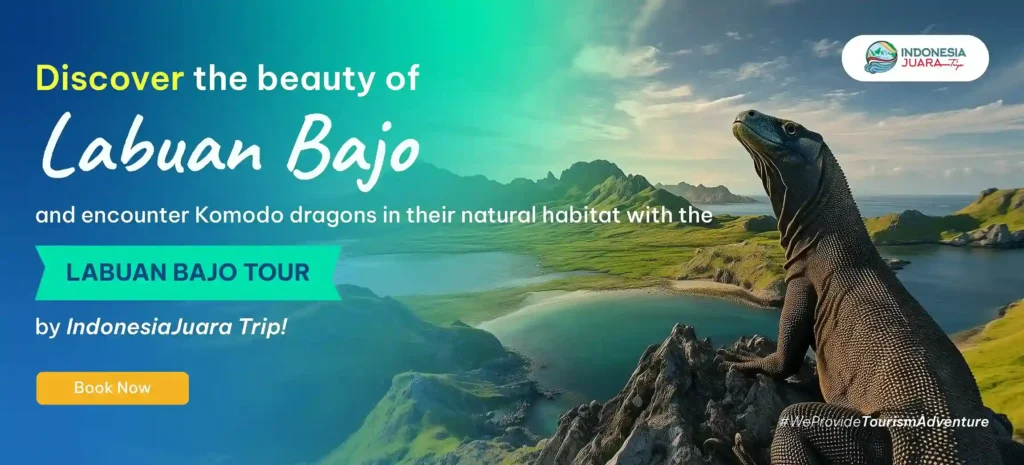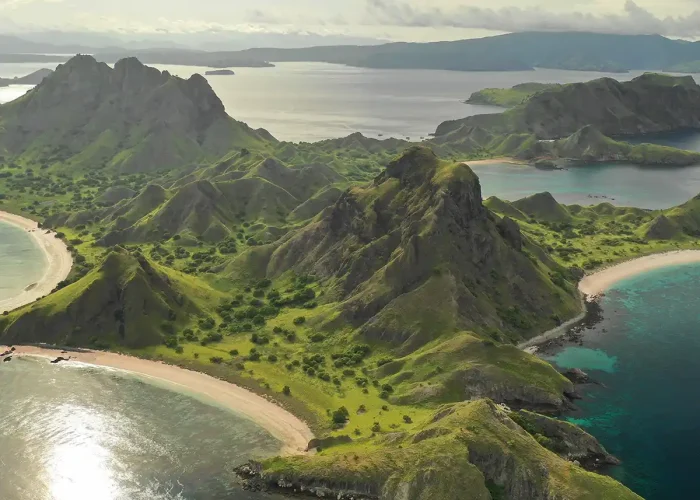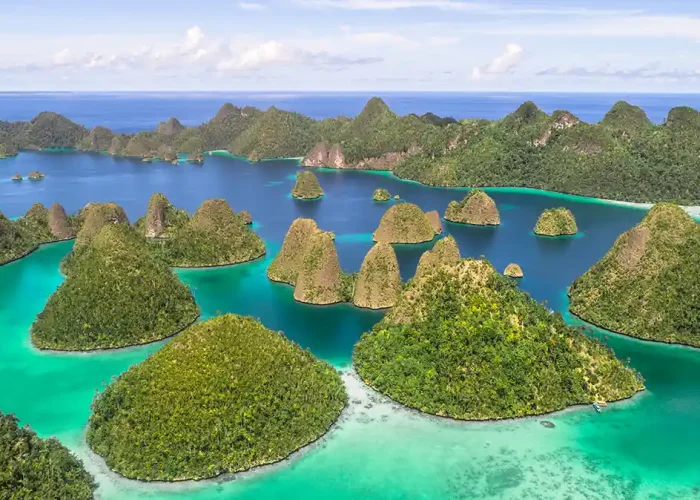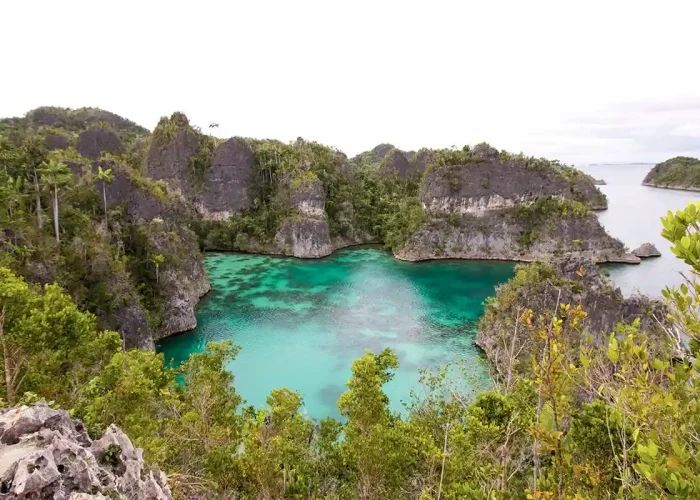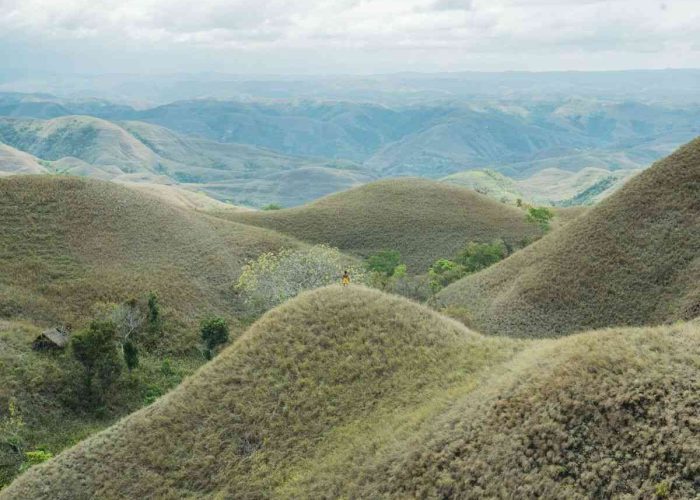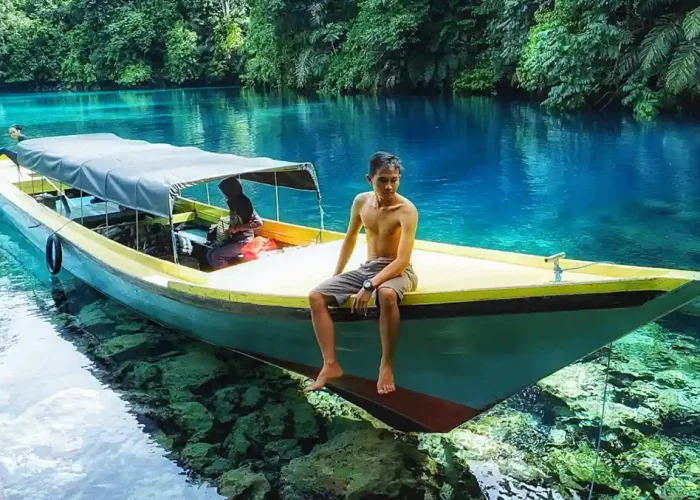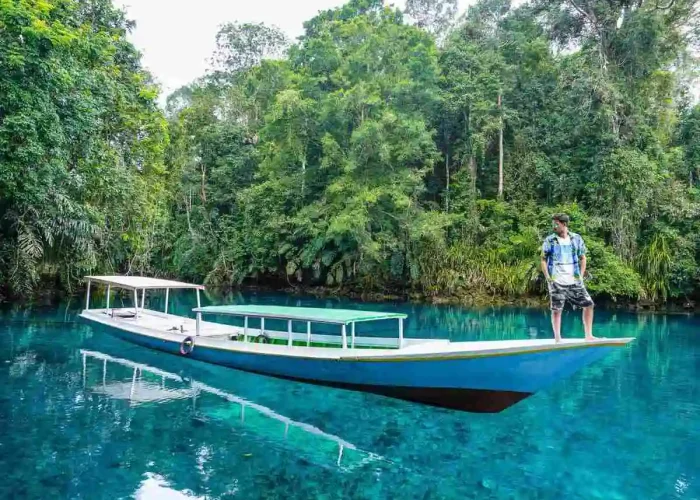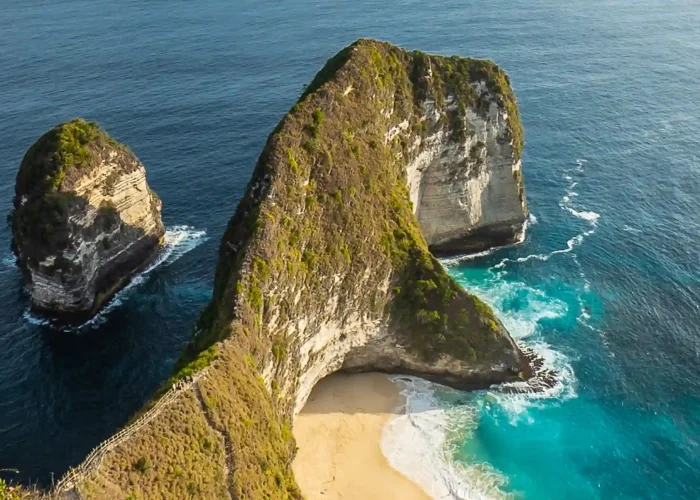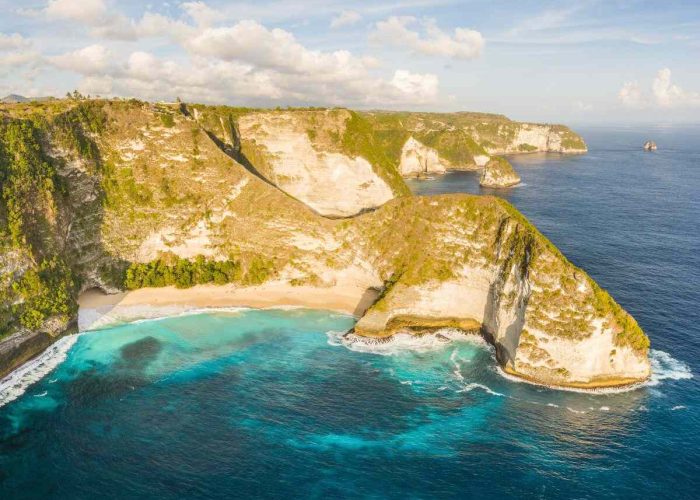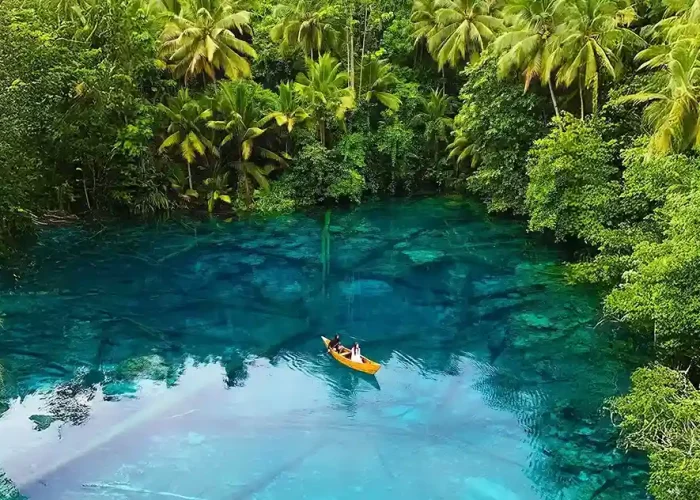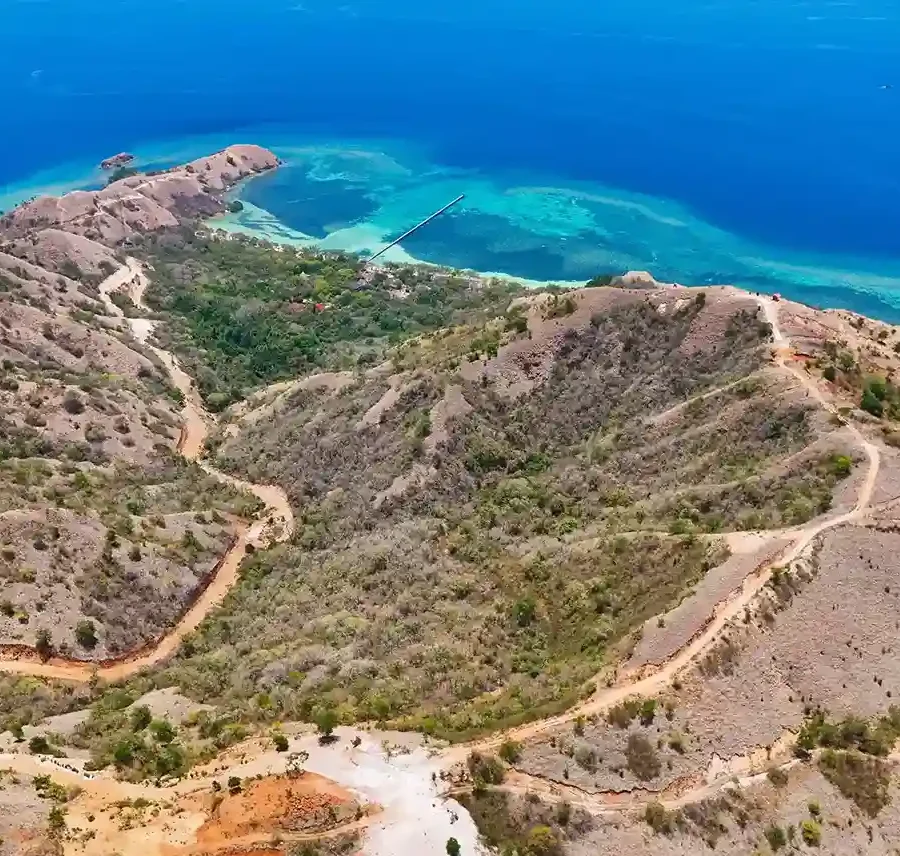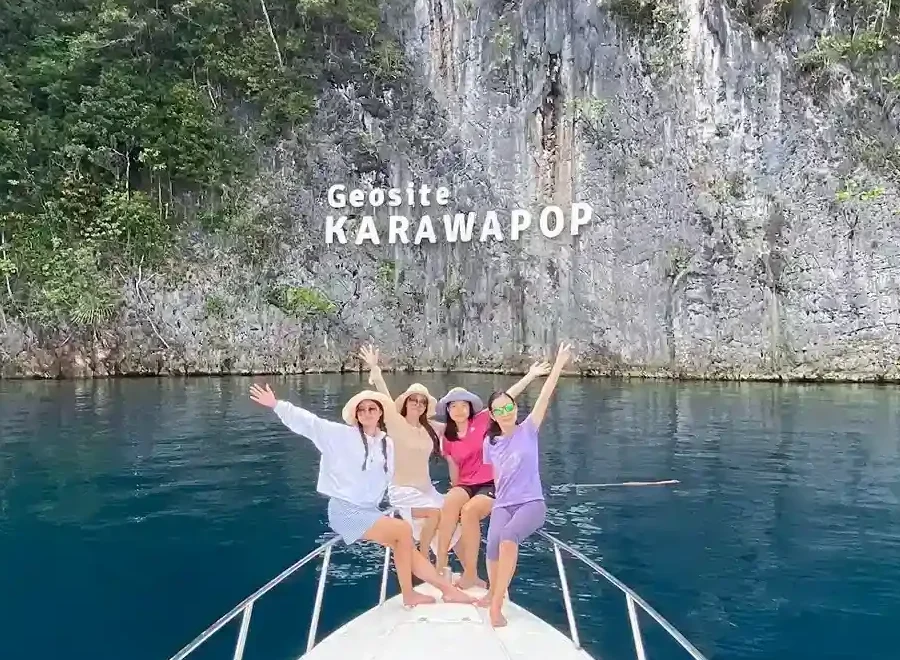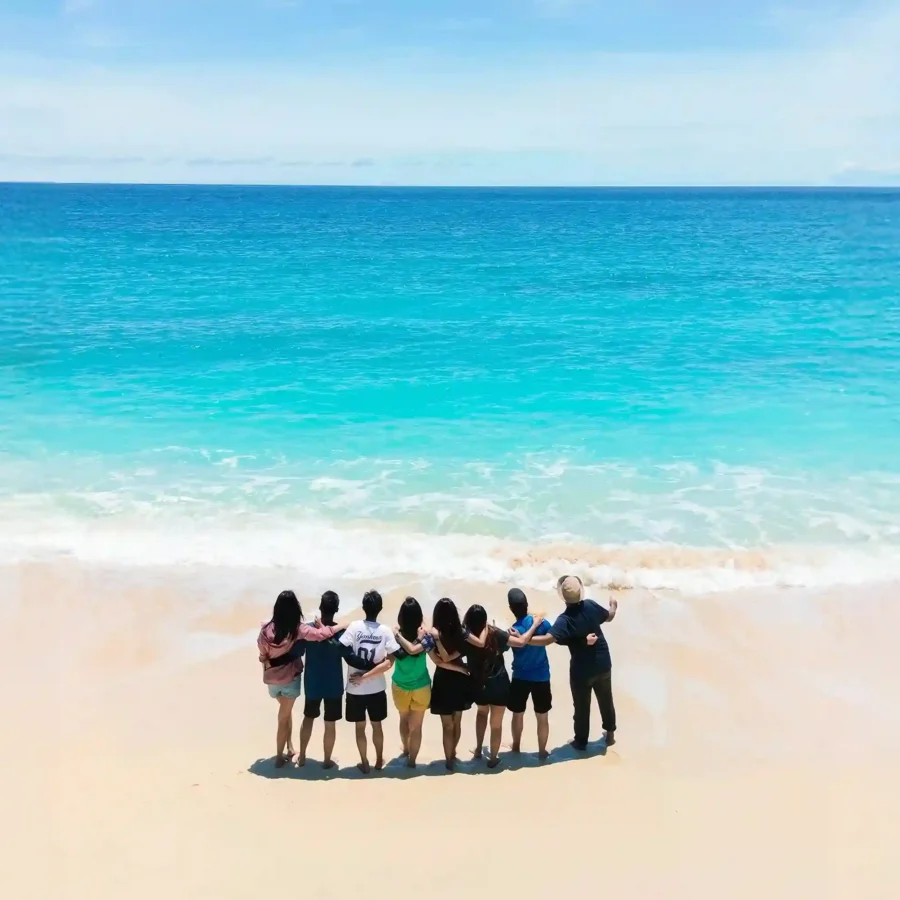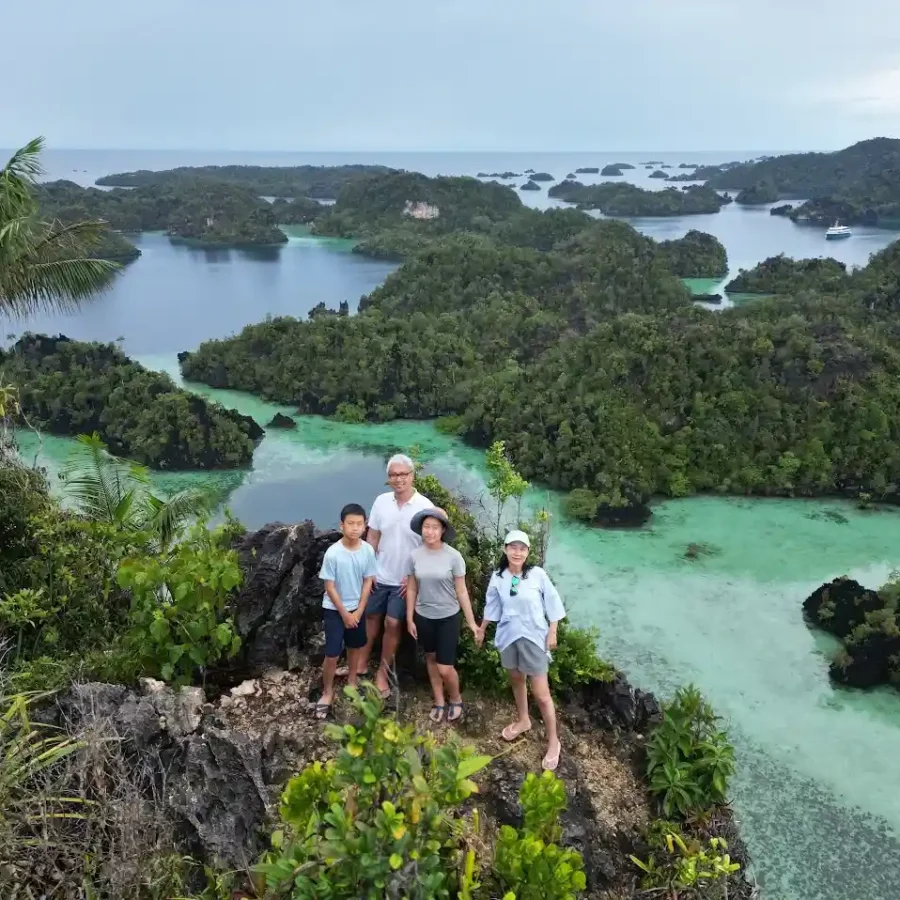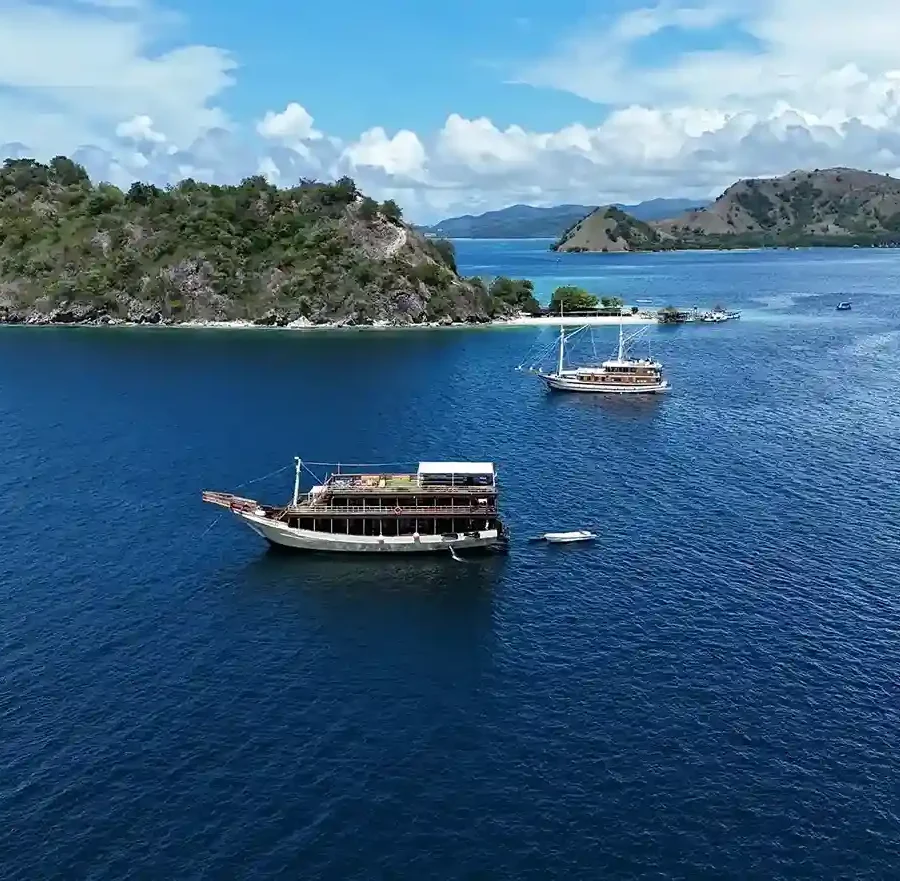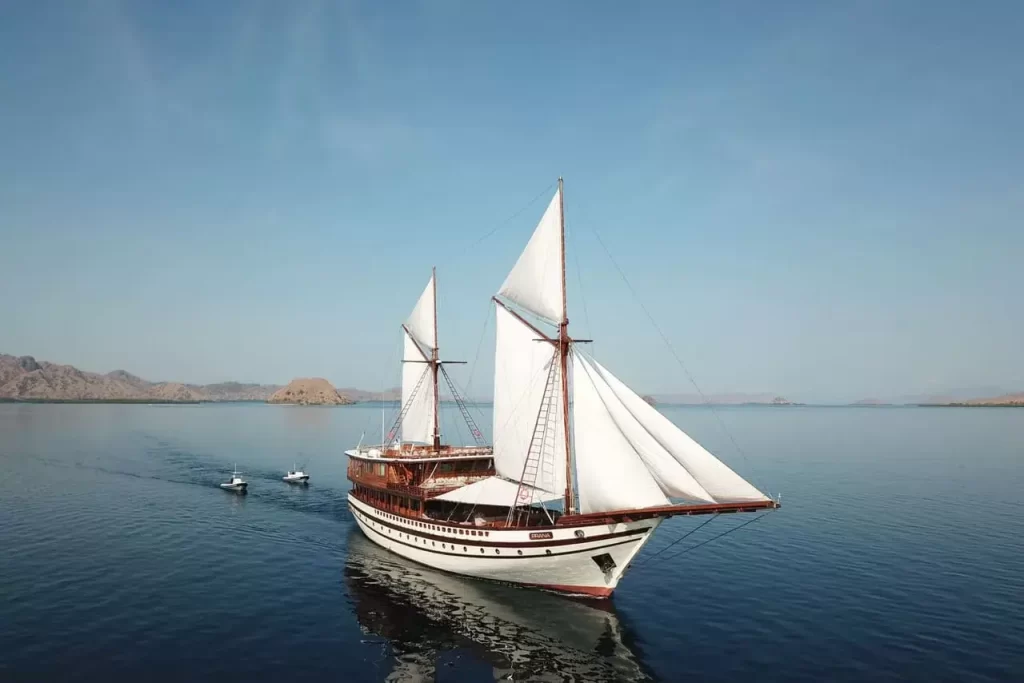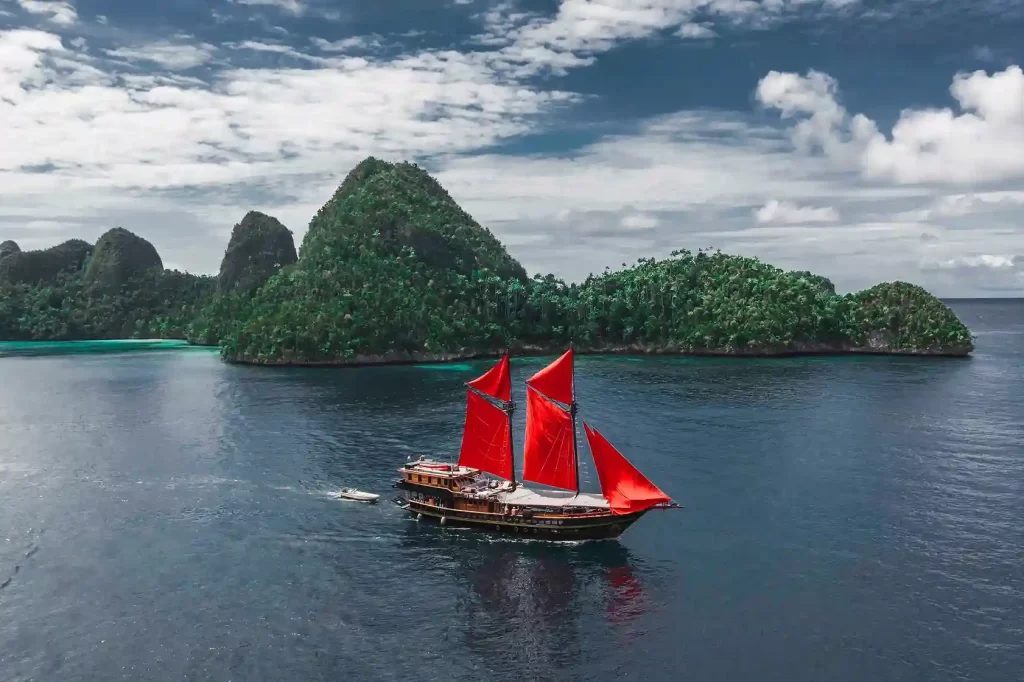Komodo dragons are one of Indonesia’s most iconic wildlife species, ancient creatures that you can only encounter in Komodo National Park, Flores. Many travelers come all the way to Labuan Bajo to see these giant reptiles in person, yet not everyone realizes that Komodo dragons are actually quite vulnerable. As the number of visitors continues to rise and the climate shifts, they face several threats that could affect their long-term survival.
Because of that, if you care about Indonesia’s natural heritage, it’s important to understand how can we protect Komodo dragons. Protecting them is not only the responsibility of the government, but also a shared duty, especially for you as a traveler exploring Komodo National Park. By understanding the threats and knowing what actions to take, you can contribute to the ongoing efforts of Komodo conservation. Through this article, you’ll learn why Komodo dragons need protection, the main threats they face, and practical steps you can start taking today.
Table of Contents
Why Do Komodo Dragons Need to Be Protected?
Protecting Komodo dragons isn’t just about saving an iconic animal; it’s also about preserving the entire ecosystem and supporting the livelihoods of local communities who depend on tourism in Labuan Bajo. Here are several important reasons why they must be protected:
- A Unique Endemic Species Found Only in Indonesia
Komodo dragons are an endemic species that do not exist anywhere else in the world. Their presence is not only a source of national pride but also a symbol of Indonesia’s rich biodiversity, which must be preserved. - Apex Predators That Maintain Ecosystem Balance
As the top predators in Komodo National Park, they help regulate the population of prey animals such as deer and wild boar. When their population declines, it can disrupt the entire ecosystem and affect many other species within the food chain. - Significant Scientific Value
Komodo dragons contribute greatly to the scientific world. Studies on their bite strength, the bacteria in their saliva, and their adaptation to dry environments all provide valuable data for modern research. - Supporting the Local Economy Through Tourism
Komodo dragons are the main attraction bringing tourists to Labuan Bajo. This creates job opportunities for locals, from guides and boat captains to small businesses supporting the tourism industry. By protecting Komodo dragons, you also support the economic stability of the people of Flores.
Why Should You Care About Komodo Dragon Conservation?
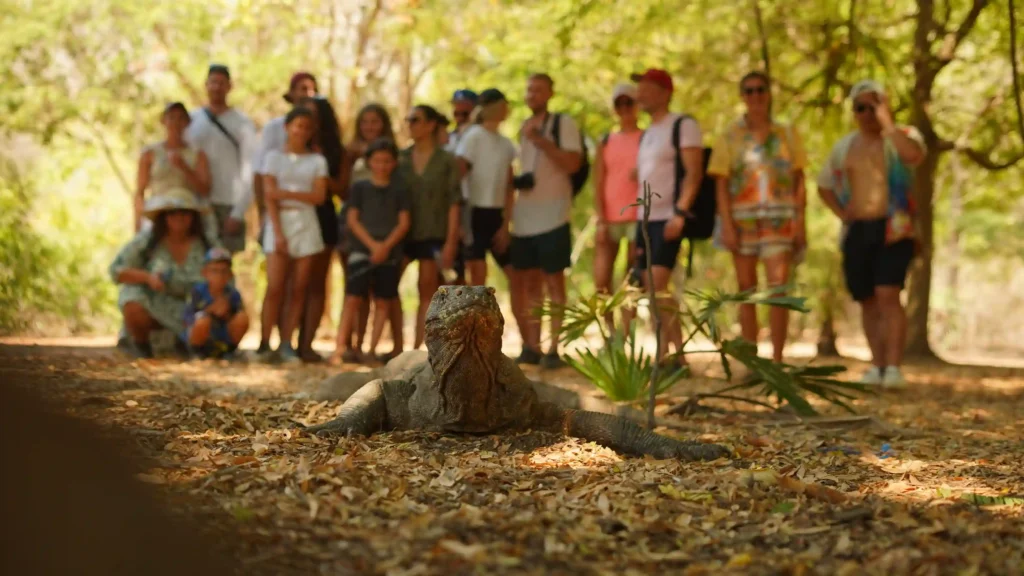
You might wonder, “What difference does it make if Komodo dragons aren’t protected?” The impact is actually huge. When a keystone species like the Komodo dragon declines, the entire ecosystem becomes imbalanced. Prey populations may increase uncontrollably, vegetation can decrease, and the environment may shift in ways that are difficult to restore.
Beyond that, Komodo dragons are an important symbol of Indonesia on the global stage. If their numbers drop to a critical level, it means losing one of the country’s greatest natural treasures, something that future generations may never experience again.
For travelers, the existence of Komodo dragons also shapes the uniqueness of Labuan Bajo. Without them, the region’s appeal could change significantly. Protecting Komodo dragons means supporting sustainable tourism in eastern Indonesia. Most importantly, caring about the environment is a moral responsibility. Nature gives us so much, and helping protect Komodo dragons is one way to give back.
Read more: Why Are Komodo Dragons Endangered? Find Out the Facts Here!
What Are the Main Threats Faced by Komodo Dragons Today?
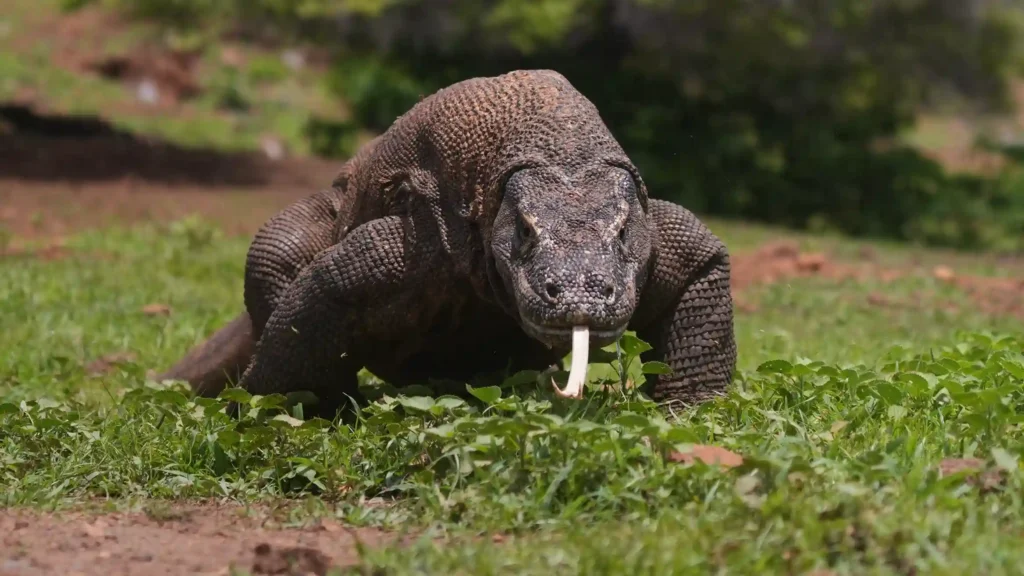
Before understanding how to protect Komodo dragons, it’s essential to know what threatens them. These ongoing issues require serious attention:
- Climate Change
Global climate shifts have increased temperatures in Komodo National Park. Rising sea levels may reduce coastal areas where Komodo dragons hunt or lay eggs. Extreme dry conditions also impact the population of prey like deer. - Habitat Damage Caused by Human Activity
Komodo habitats are highly sensitive. Uncontrolled development, deforestation, and illegal activities can disrupt their ecosystem. Habitat loss not only limits their movement but also affects food availability. - Poorly Managed Tourism Activities
Although tourism boosts the local economy, unmanaged tourism can disturb Komodo dragons. Visitors getting too close, feeding them, or walking outside designated paths can stress the animals and alter their natural behavior. - Seasonal Forest Fires
During long dry seasons, certain areas of Komodo National Park become prone to fires. These fires destroy vegetation, kill prey species, and damage the dragons’ roaming areas. - Declining Prey Population
Unregulated hunting of deer and wild boar can reduce food sources for Komodo dragons. With fewer prey, hunting becomes difficult, and their population may drop.
How Can We Protect Komodo Dragons?
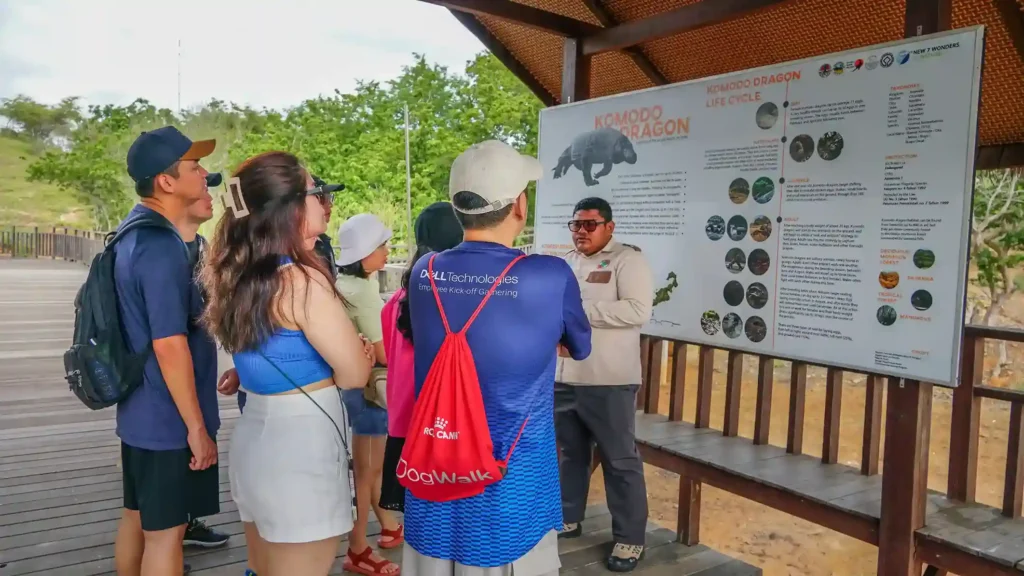
Now that you understand the threats, let’s talk about what can be done to protect them. To answer the question “how can we protect Komodo dragons?” we can look at two sides: collective efforts and actions you can take as a visitor.
Collective Efforts to Protect Komodo Dragons
These large-scale efforts are carried out by the government, conservation organizations, and local communities:
- Protecting and Managing Komodo Dragon Habitats
Their habitat is their primary home and must be safeguarded. Komodo National Park is designated as a protected conservation area with strict regulations to maintain ecological balance. Routine monitoring ensures vegetation conditions, prey populations, and overall cleanliness remain stable. Restoration programs also help repair damaged or burned areas, ensuring Komodo dragons have safe hunting grounds. - Population Research and Monitoring
Researchers and rangers conduct annual population monitoring to record the number of Komodo dragons, their physical condition, and their movements. Tools like camera traps and GPS devices provide accurate data. This information is essential for shaping future Komodo preservation strategies. - Educating and Involving Local Communities
Local communities play a crucial role in conservation. Educational programs raise awareness about protecting habitats, avoiding illegal hunting, and supporting sustainable tourism. By involving locals in tourism, whether as guides, rangers, or boat crew, they become more connected to the mission of protecting their environment. - Tourism Regulations in Komodo National Park
Visitor regulations are essential to prevent overcrowding and minimize disturbance. Tourists must be accompanied by rangers, follow designated hiking trails, and respect rules on interacting with wildlife. These measures keep Komodo dragons safe from excessive human interference. - Conservation Campaigns and Public Awareness
Campaigns through social media, workshops, school programs, and large-scale awareness events help educate the public. The more people understand, the more successful endangered species protection efforts will be.
Actions You Can Take as a Traveler
The good news is, you can directly contribute to protecting Komodo dragons during your visit. Even small habits can make a meaningful difference.
- Follow Ranger Instructions
Always listen to your ranger during treks. They know the safe distance, which paths are allowed, and which areas are sensitive for Komodo dragons. - Never Feed Komodo Dragons
Feeding them disrupts their natural hunting instincts. Human interaction can change their behavior, making them dependent or aggressive. - Keep the Environment Clean
Waste can harm wildlife. Bring your reusable bottle, avoid single-use plastics, and take your trash back with you. - Support Eco-Friendly Tour Operators
Choose tour operators that follow sustainable practices, such as responsible tourism guidelines, collaborating with rangers, and minimizing ecological impact. IndonesiaJuara Trip is one of the operators committed to these principles. - Don’t Disturb Komodo Dragons for Content
Photos and videos are fun, but never get too close or provoke them for social media content. Use your zoom lens and let them move freely in their natural habitat. - Use Eco-Friendly Products
Reef-safe sunscreen, reusable bottles, cloth bags, and other eco-friendly gear help keep the environment clean.
Read more: Tips for Seeing Komodo Dragons Safely During Your Labuan Bajo Trip
Let’s See Komodo Dragons in Their Natural Habitat with IndonesiaJuara Trip!
Protecting Komodo dragons is not just about saving a species, it’s about securing the entire ecosystem that keeps Komodo National Park thriving. From their role as apex predators to their contributions to science and the local economy, every conservation effort, whether through education, research, or sustainable tourism, shapes a better future for them. You also have a role to play by choosing ethical ways to travel and respecting their habitat.
If you want to see Komodo dragons in their natural environment while supporting conservation efforts, you can join a Labuan Bajo tour with IndonesiaJuara Trip. You’ll explore stunning islands, trek with official rangers to see Komodo dragons, enjoy the best snorkeling spots, and experience liveaboard life comfortably and safely. By joining a professionally managed and conservation-minded trip, your holiday becomes meaningful, not only fun but also a contribution to Komodo National Park preservation. Every experience is designed with safety in mind while respecting the surrounding ecosystem.
